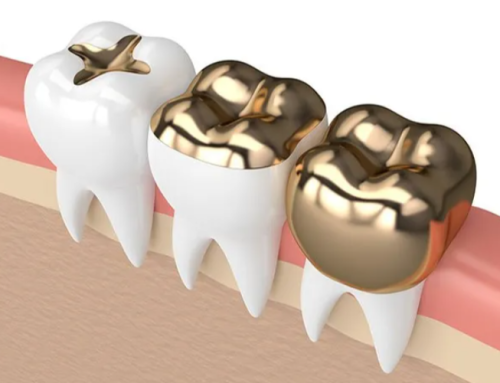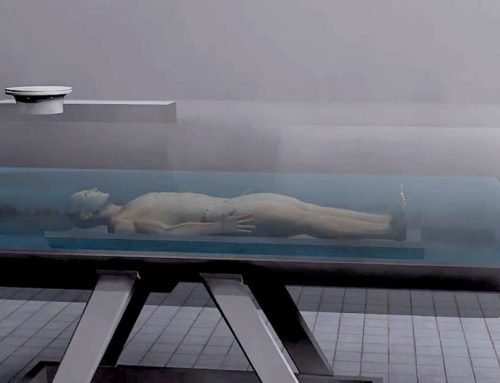What Shall We Do With the Ashes (Cremains)?
 by David Brown
by David Brown
When a person has selected cremation and that process has been carried out, the ashes have a volume roughly that of a five pound sack of sugar plus a bit more. The bone fragments are pulverized to about kitty litter texture. Depending on the fuel and temperature used, they are somewhere between a light grey and white color.
The word ashes is a misnomer. Cremains is now an oft-used word, although many prefer the technically-accurate two-word phrase cremated remains. The funeral home or crematorium will make the cremains available in a cardboard box, a metal box, or a Tupperware-like plastic container. You are usually expected to pick up the container, unless you’ve made some other arrangement for disposition.
So, what are some of the options for disposing of the cremains?
Let the funeral home take care of it. Disposition services are offered by many funeral homes. However, if you fail to make any arrangements, the funeral home may have the legal right to dispose of cremated remains within a certain number of days. Some will ask for a deposit to cover this expense, refundable if the parcel is retrieved by the responsible party.
Let the Navy scatter them
Scattering of cremains at sea is available to all veterans and dependents and is provided by the Navy or Coast Guard. A flag is required, and—if supplied by the family—can be returned. (The VA will give a flag to the family.) If supplied by the Navy, the flag will not be returned. Because sea burials are done at the convenience of the military, the family may not witness sea burial. The funeral home will charge postage to send the cremains to the nearest base.
What Shall We Do With the Ashes?
Let the family do it
All states allow the cremains to be given to the survivors for disposition. According to the Environmental Protection Agency, cremated remains heading for the ocean must be scattered outside the three-mile limit. When I e-mailed a request for the rationale for such a requirement and the penalty for not abiding by that regulation, I got no answer. Because of the stark-white color of most
cremated remains, scattering may not be as “anonymous” as you might imagine. Check the contents of the box before deciding the most appropriate location. Some have chosen a golf course, the lake behind the house, a favorite fishing spot, or under the orange tree in the backyard.
If you do plan to scatter cremains, don’t forget to throw them downwind!
Keep the cremains in an urn or nice box. As with caskets, funeral directors make a huge profit on urns. It isn’t necessary to put the cremains in an expensive urn. Unfortunately, some less-than-honest firms will tell survivors that they have to purchase a “temporary container” ($45+) if they haven’t got an urn. This is to lead the survivors into buying an expensive urn. The survivors have the right to refuse such a purchase and can ask for the container that comes from the crematory. You can also order urns online for a considerably lower price than from some mortuaries.
When the cremains are being saved to provide memories, it’s really quite appropriate to put them in a container related to the deceased’s life. For example, a pretty vase, a fancy wine bottle, a terrarium, etc., might be suitable. If they are going to be visible, sea-shells can be mixed in for a nice touch. If a child or grandchild does wood-working, perhaps an attractive box would be a welcome project.

What Shall We Do With the Ashes? Consider a beautiful urn.
What Shall We Do With the Ashes?
Bury the urn on your property
With the permission of the landowner, all states permit private burial of cremated remains, including California as of 1998. Although this is a viable option, eventually the land is going to be sold. At that point it becomes rather difficult for family members to return to pay their respects. And it might unknowingly be dug up to make way for a pool.
Who knows?
Another concern of burying or scattering the cremains on one’s property is that they might become a constant, melancholy reminder of the person who died. A second spouse, working around rose bushes where the first spouse now “resides,” may find the situation uncomfortable, too.
Bury the urn in a cemetery
This is an attractive option where burial plots may already be owned, especially “up north.” The urn can be sent to the cemetery or a family member for direct interment. Or it could be displayed there, along with memorabilia, at a visitation or memorial service, before interment. Cemeteries usually have rules that allow three, or more, urns to be buried in one burial plot. The normal procedure is to use an auger to drill a hole four to six feet deep and about six inches in diameter. The urn is low ered on a double cord, which allows the cord to be retrieved. Then the hole is filled in. Some of the for-profit cemeteries are now requiring expensive urn vaults, totally unnecessary. (If funeral director type services are required on the other end, do contact the Memorial Society
there to locate the recommended one.)
Bury the urn with the spouse
A variation of burying the urn is to keep it until the spouse dies and then mix the cremains into one urn for burial (or scattering), bury both urns at the same time, or put the urn in the casket of the second to die. Inter the cremains in a columbarium. A columbarium looks very much like the book shelves in a library, except they’re usually made out of stone. There are normally paths, benches, ivy, and trees which make it a very serene setting. Usually there are five or six niches vertically and twenty or thirty sets of these horizontally—a bit like mail boxes in a post office lobby.
The niches themselves are about 10 inches wide, 12 inches high and 15 inches deep. A small curtain is put in the opening for the duration of the service and closed at the end. Later, a stone cover—with the name and date—is semi-permanently attached to the front of the niche. Almost all niches can hold at least two urns or box-like containers. Some can hold even more.
Both of my parents are in the columbarium at Arlington National Cemetery. My father was given a regular military service with the flag-folding ceremony and firing squad on a plaza outside of the columbarium. Then the honor guard carried the container to the niche for a final prayer and curtain closing. For my mother (2 years later), the service was held at the niche. Since the cremains had been sent to my home, I gave them to the honor guard, who carried them to the niche, and my brother put them in. My sister had prepared a flat container of some of their personal effects, (a library card, favorite book marker, etc.) which was also put in. The chaplain who conducted the service had no problem with that.
What Shall We Do With the Ashes? . . .
A final thought
It has always been my intention to be cremated. And until a month or so ago, it was also my intention to have my cremains interred at a National Cemetery (since I had been in the military). However, a friend pointed out that when your parents are interred at a particular site, there is the obligation to visit it one or more times per year. But when you move to another part of the country, one feels a little bit guilty about not being able to go to the site quite so often. I’ve decided to spare my daughter that sort of possible guilt feeling by having my cremains scattered at sea.
What Shall We Do With the Ashes?
(Cremated Remains)
Copyright © 1999 by David Brown
David is the computer guru for the Tampa
Bay Society and wrote this piece for their
web site. It was adapted for national
distribution.
Funeral Consumers Alliance
33 Patchen Road
South Burlington, VT 05403
802-865-8300
800-765-0107
www.funerals.org
Related Links:
What do I do when someone dies?





